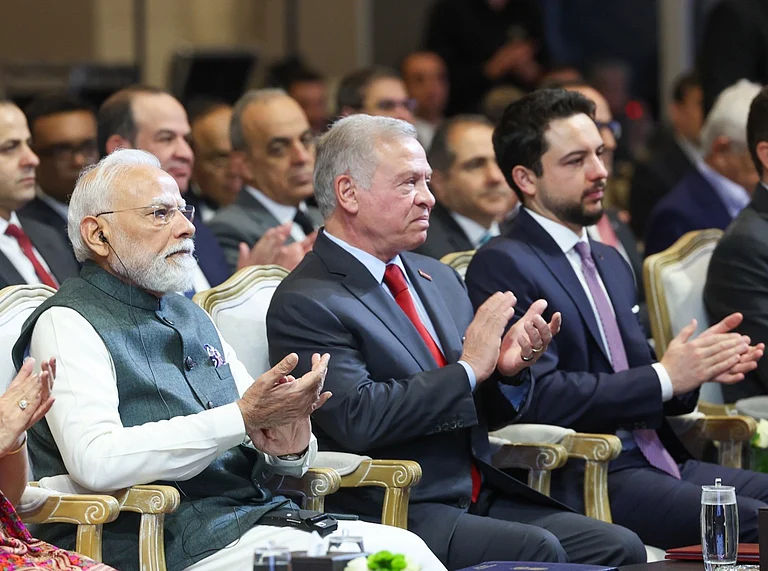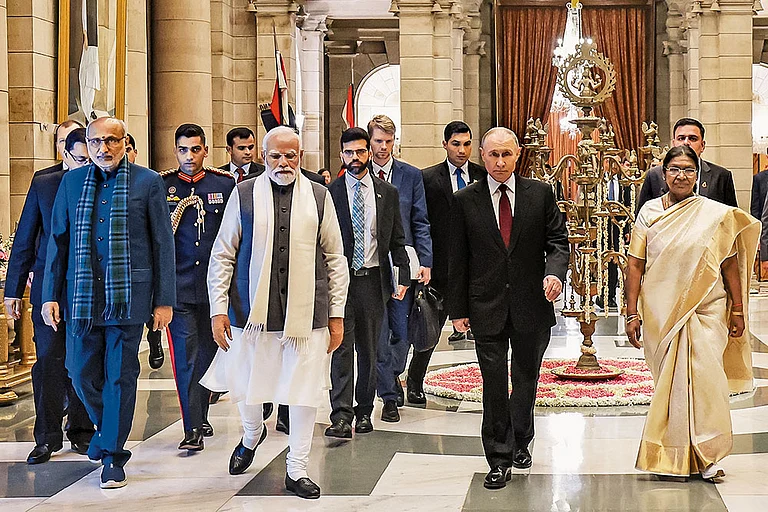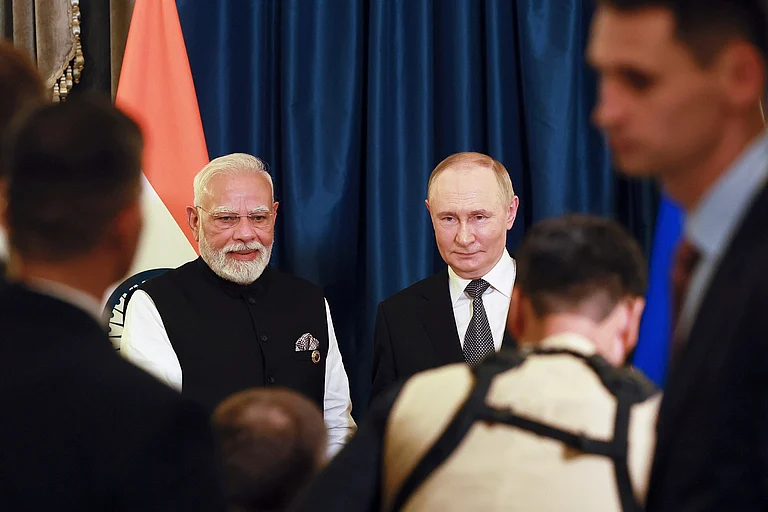India may face a sharp rise of $9–11 billion in its annual oil import bill if it is forced to scale back purchases of Russian crude oil amid mounting pressure from the United States, analysts have warned.
The projection follows US President Donald Trump's recent announcement of a 25% tariff on Indian exports, along with the threat of additional, unspecified penalties for India’s continued imports of Russian oil and military equipment. While the tariff has already been notified, the proposed penalties linked to India’s energy trade with Moscow remain under consideration.
India — the world’s third-largest oil consumer and importer — has significantly benefited from a strategic shift to discounted Russian crude following the Western sanctions on Moscow after its invasion of Ukraine in early 2022.
Russian oil, which comprised less than 0.2% of India’s crude imports before the war, now accounts for 35–40% of the country's oil basket. This shift has helped lower India's energy costs, keep domestic fuel prices stable, and contain inflation, according to energy trade analysts.
“If US sanctions force India to pivot away from Russian supplies, the economic impact will be immediate and significant,” said a senior analyst at the Centre for Energy and Trade Studies. “Replacing cheap Russian oil with market-priced alternatives could cost India an additional $9 to $11 billion annually.”
Refining Margins Under Threat
India’s twin strategy — importing discounted Russian crude and exporting high-value refined products — has not only kept the domestic market stable but also delivered record profits for Indian refiners.
Two companies in particular — Reliance Industries Ltd and Nayara Energy — are at the forefront of this trade. Together, they account for over 50% of India’s daily Russian crude imports, estimated between 1.7 to 2 million barrels per day (bpd) in 2025.
Reliance, one of the world’s largest diesel exporters, has extensively leveraged the Russian discount to maintain strong refining margins, with exports to Europe averaging 200,000 bpd in 2024 and 185,000 bpd so far this year, according to data from Kpler.
Nayara, which is partly owned by Russian oil major Rosneft, has recently come under renewed scrutiny after being sanctioned by the European Union last month. This puts the company — and potentially India’s refining sector — in a precarious position as geopolitical tensions rise.
Strategic And Diplomatic Balancing Act
India’s continued import of Russian crude has also drawn criticism from Western allies, despite India’s repeated assertion that its energy sourcing decisions are based purely on economic and strategic considerations.
“The sourcing of defence requirements and energy needs is guided solely by our national security imperatives and prevailing global circumstances,” said Randhir Jaiswal, spokesperson for the Ministry of External Affairs, in a recent briefing.
With pressure mounting from Washington and trade relations with the US already strained, New Delhi finds itself walking a tightrope between maintaining affordable energy access and avoiding punitive action from its largest trading partner.
So far, Indian officials have stopped short of announcing any change in procurement strategy. However, the stakes continue to rise as diplomatic negotiations intensify ahead of a potential September deadline, by which several Western nations — including the UK — are expected to review their positions on India’s alignment with Russia.
As the situation develops, India's leadership will be forced to weigh economic pragmatism against geopolitical risk, with energy security, inflation, and export competitiveness hanging in the balance.
- With inputs from PTI.



























